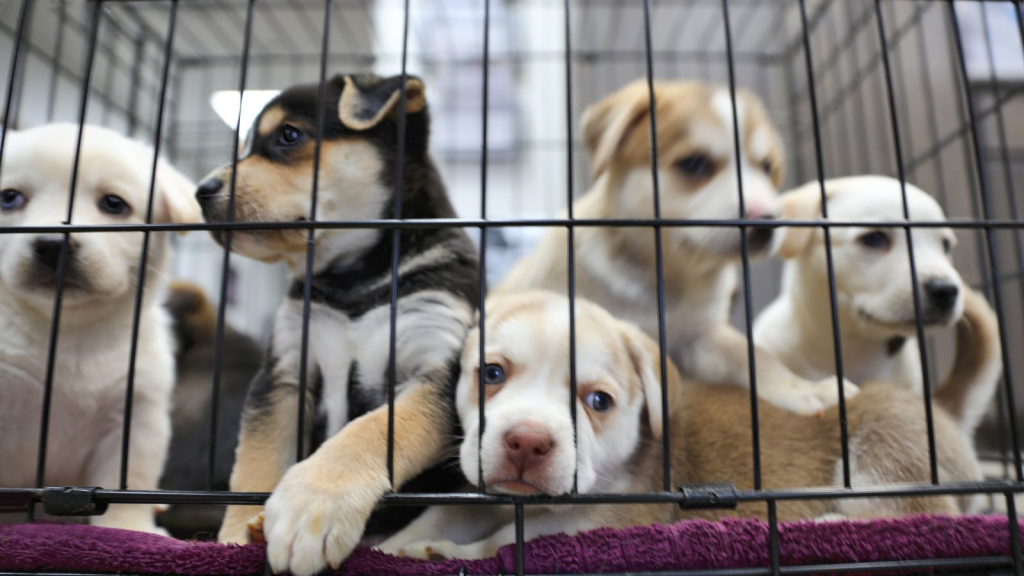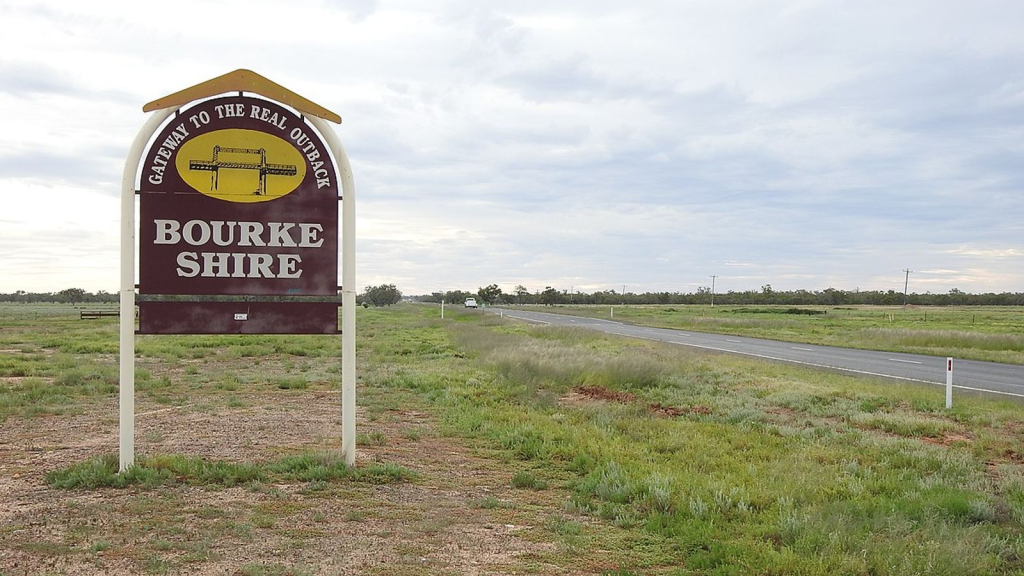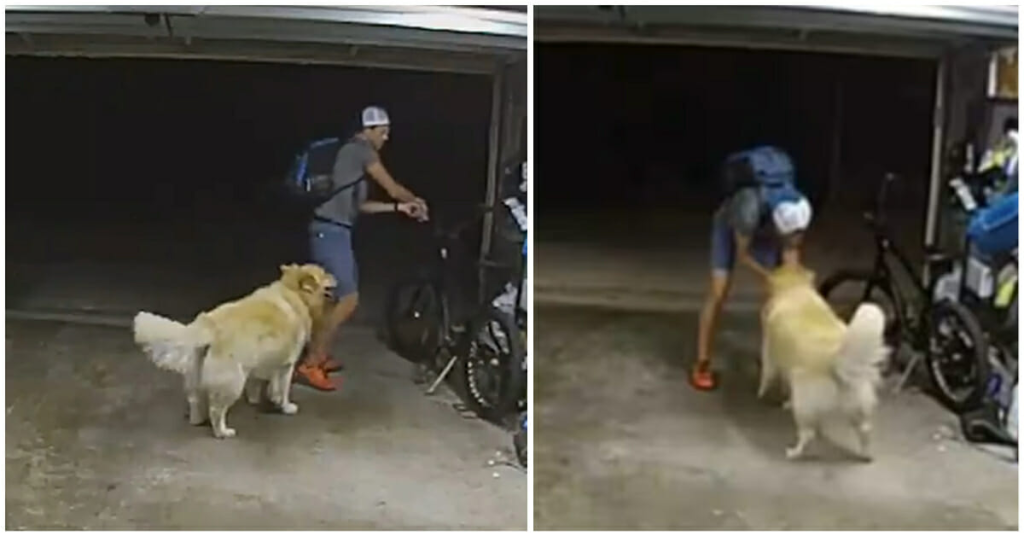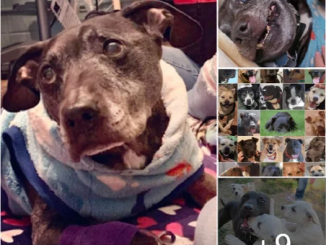A council in Australia killed the impounded animals to prevent volunteers at an animal shelter from travelling to pick them up and potentially spreading the virus.

Fifteen rescue dogs, including 10 puppies, have been shot dead by a rural Australian council under its interpretation of coronavirus restrictions.
Bourke Shire Council in New South Wales destroyed the canines, which had been at its pound, to prevent volunteers at an animal shelter from travelling to pick them up and potentially spreading the virus.
“The council decided to take this course of action to protect its employees and community, including vulnerable Aboriginal populations, from the risk of COVID-19 transmission,” the Office of Local Government, a government watchdog, told The Sydney Morning Herald.

The spokesman said officials were investigating whether any animal cruelty laws had been broken.
Five of the dogs had been housed at the pound since early August and one of the dogs then had 10 pups.
The council said staff became concerned for the welfare of the animals due to overcrowding at the pound and two of the dogs attacking one of the others.
A source said the shelter volunteers were distressed and already had COVID-safe measures in place to handle the dogs.
And comedian Ricky Gervais has expressed his disapproval of the killings on social media.
Bourke Shire Council told ABC News the dogs were euthanised because the rescue organisation was from another local government area and they had concerns about people from other communities entering Bourke.

All of regional New South Wales has “stay-at-home” orders in place due to COVID-19.
The council said it had contacted its usual dog rehomer, who is based in the same area, but they were unable to come to Bourke.
The shelter that was supposed to receive the dogs declined to comment.
Animal Liberation regional campaign manager Lisa Ryan has called for an urgent investigation.
“We are deeply distressed and completely appalled by this callous dog shooting and we totally reject [the] council’s unacceptable justifications that this killing was apparently undertaken as part of a COVID-safe plan,” she said.
Australia has recently seen a surge in COVID-19 cases, forcing the country’s largest city, Sydney, to extend its lockdown through September and impose tougher restrictions, such as a curfew and a mask mandate outdoors.
Staff are allowed to work at animal shelters even when lockdown measures are in place, according to the Office of Local Government spokesman.
“Councils are also encouraged to continue to work with re-homing organisations and volunteers to care for animals, where that can be undertaken consistent with NSW Health advice,” he added.
Bike thief temporarily thwarted by a lovable Golden Retriever being a terrible guard dog
The dog couldn’t care less that his owner was being robbed—he just wanted the thief to rub his belly.

People get dogs to be loving members of their families, but sometimes dogs have a second role—to guard the house. But not all dogs are made for guarding anything other than their favorite stuffed animal. Some dogs are too small to scare anyone away and some dogs will just lick intruders to death.
A Golden Retriever in San Diego just proved to his owners that he is definitely in the latter group. The shaggy dog caught a stranger stealing his owner’s $1,300, 2019 Electra 3-speed bicycle out of the family’s garage redhanded. But instead of barking to alert his humans or attempting to scare the bike thief, he happily asked for belly rubs.
If you thought the bike bandit was going to ignore the wagging tail and sweet doggy requests, then you’d be wrong. Now would be the perfect time to explain how the friendly dog stopped the robbery in its tracks.
“You’re so cool, come here! You’re the coolest dog I’ve ever known,” the thief tells the dog as he rubs his face. “I love you, too. Come here. You’re a sweetheart. I want you to come home with me.
Just a full-on, audible doggy-human love fest going on in the garage while the dog’s owner is none the wiser. The dog wasn’t working to distract the bike thief; he was there for his own personal gain, getting head scratches and belly rubs from all who enter the open garage. And while the dog momentarily thwarted the burglar, he didn’t prevent him from stealing the bike.

The man and the bike are now nowhere to be found, and there’s probably a sneaking suspicion that the family’s golden retriever wouldn’t alert anyone if the guy came back. A home surveillance camera caught the entire encounter, which was uploaded to TikTok where it has over 2.5 million views.



Leave a Reply